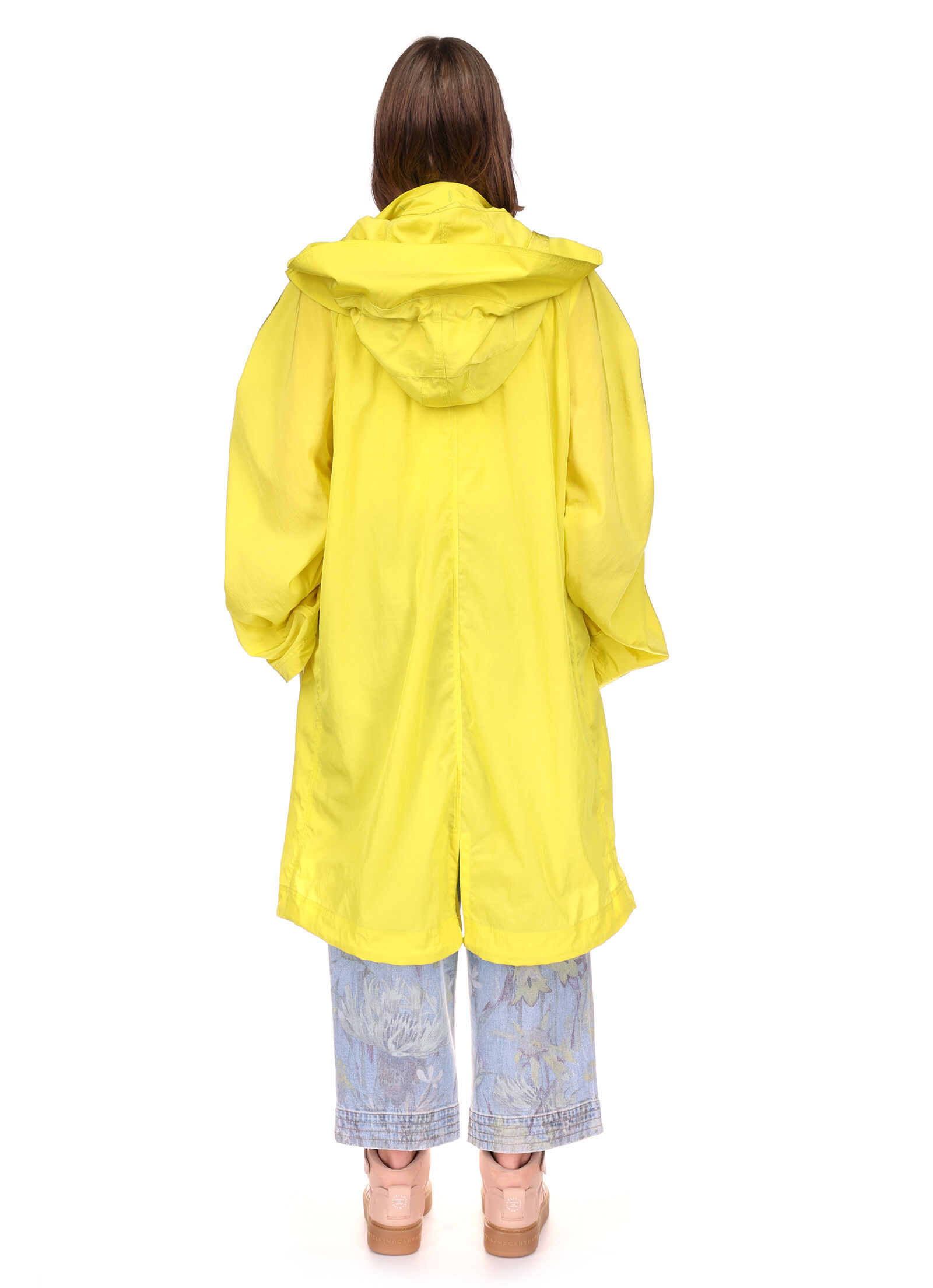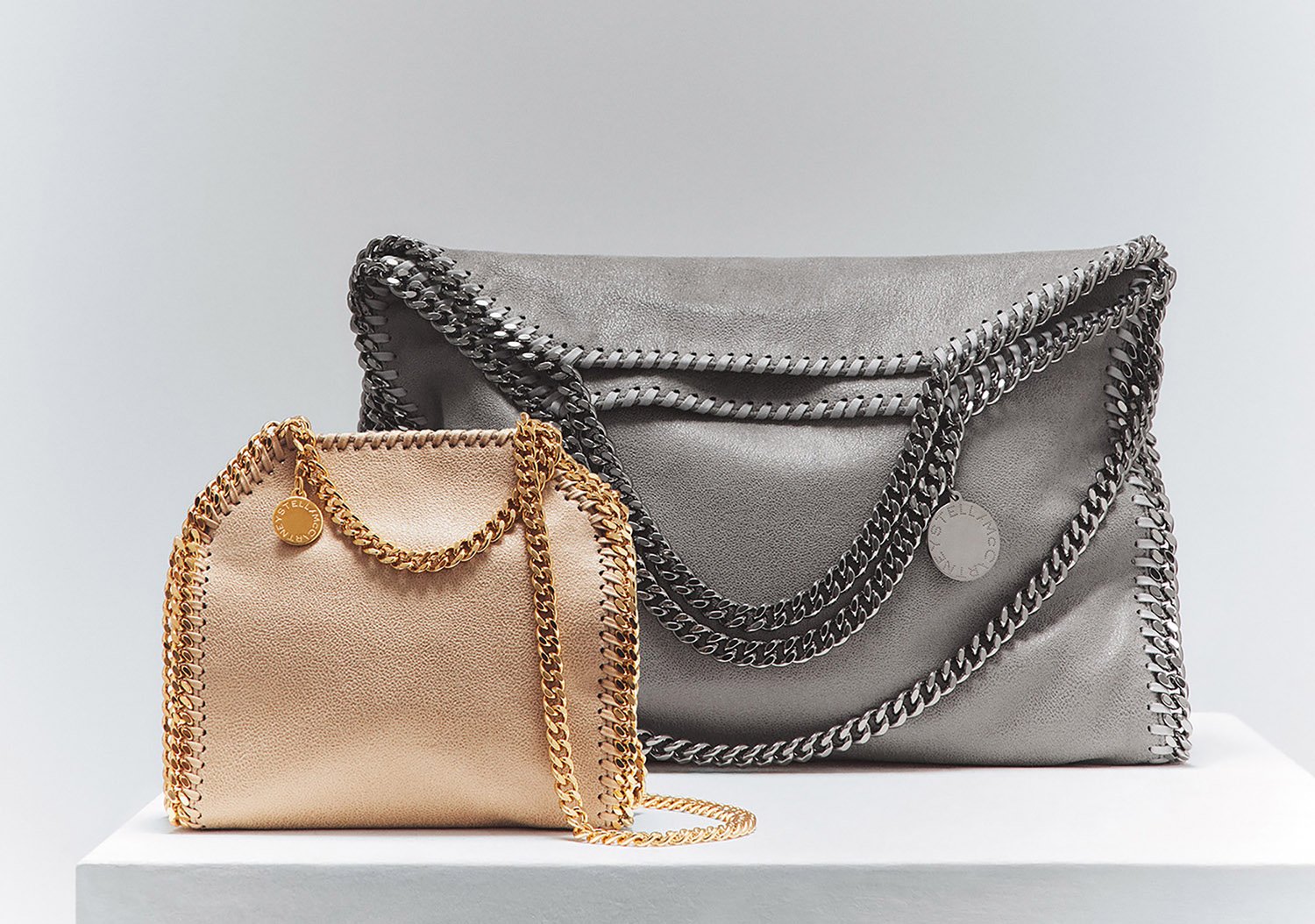The Eco Weirdos: Protecting and conserving our oceans to enliven marine biodiversity
Welcome to The Eco Weirdos, a monthly column from Stella McCartney.
In February 2023, we are turning the focus to conservation of our oceans and marine life, how our Close-the-Loop Parka – made from ECONYL® – is changing the system in alignment with our Stella vision, and why a circular economy is essential for the fashion industry.
A United Nations report from 2019 stated that biodiversity loss is currently at an estimated 1,000 times higher than the natural rate. One million of Mother Earth’s animal and plant species are at risk of extinction, including more than a third of all marine mammals and 33% of reef-forming corals. Marine biodiversity – the variety of life in Mother Earth’s oceans – is essential to supporting the planet’s natural functions, as well as underpinning a healthy planet and social wellbeing.
Not only do they constitute more than 90% of the planet’s habitable space, but our oceans also supply half of the oxygen that we breathe and absorb 26% of the anthropogenic carbon dioxide emitted into the atmosphere each year. For many communities, the seas are also a bread-and-butter lifeline – an economic resource that also maintains a liveable climate.
The key threats to marine biodiversity are aquatic agriculture and the global food trade and system. The UN Environment Programme has identified a threat to 24,000 of the 28,000 species in our saltwater seas. Exploiting species to be farmed disrupts the ocean’s natural ecosystems, leading to a degradation in the other creatures that rely on each other in the natural lifecycle.
The COP15 summit in 2022 outlined the historic 30x30 ambition – one to conserve 30% of the world’s land and 30% of the oceans by 2030. It is time we turned our attention to marine conservation today, in order to protect biodiversity and its habitats and ecosystems that are crucial for our collective tomorrow.
The benefits of conserving marine biodiversity
Hand in hand with reversing biodiversity loss comes a healthier planet for environmental and social wellbeing. Marine biodiversity and the ocean’s ecosystems are central to clean water, a source of food for millions of people, protection against extreme weather, local communities’ livelihoods and more.
As it stands, 55% of the oceans are covered by industrial fishing and an estimated 33% of our marine fish stocks were being harvested at unsustainable levels in 2015 alone (Food and Agriculture Organisation). Worryingly, almost 90% of the world’s marine fish stocks are fully exploited, overexploited or depleted (UNCTAD). The UN Environment Programme also estimates that between 100 to 300 million people living in coastal areas are at ‘increased risk’ of floods, hurricanes and other extreme weather disasters due to a loss or lack of coastal habitat protection.
By taking steps now, in the ‘Decisive Decade’, we can reverse biodiversity loss and prevent the large-scale collapse of nature.
Fashion’s impact on marine biodiversity – and what we are doing about it
Aside from land and aquatic agriculture, and their associated issues, ocean pollution continues to be a huge problem. From discarded nets to run-off waste from fish farms, plastic bottles to industrial chemicals, pollutants are innumerable. And, according to an IUCN study, microplastics make up 30% of the plastic in Mother Earth’s oceans – particles that descend from clothing, beauty products and other fabrics.
Around 40% of microplastics find their way to our oceans by travelling through local water treatment plants. According to the World Economic Forum, 500,000 tonnes of microplastics are released into the ocean each year, equivalent to 50 billion plastic bottles.
Inherent to reducing fashion’s impact is severely lowering and limiting overproduction of fabrics and raw materials. A report by Fashinza found around 30% of the world’s garments are expected to never sell. Fashion brands worldwide overproduce garments annually, at the cost of our planet with most of these pieces ending up in landfill.
The Fashion Pact is a global commitment from companies in the fashion and textile industry to stopping global warming, restoring biodiversity and protecting the oceans. Collectively, 17 companies pledged to ‘eliminate problematic and unnecessary plastics in B2C packaging by 2025, and B2B by 2030’ and to ensure that ‘at least half of all plastic packaging is 100% recycled content in B2C by 2025, and B2B by 2030’.
What’s next?
Stella McCartney is committed to working towards developing nature-based solutions to biodiversity loss and climate change. Protecting our world and its biodiversity is not enough, that is clear, we must regenerate and restore the natural world so Mother Earth can rebalance herself.
From regenerative sourcing to continuing to recycle pre- and post-consumer waste, we are on a conscious luxury mission to create fashion that does not compromise on desirability or social and environmental sustainability. We always want to push boundaries, open new opportunities and advance change in the fashion industry.
Our innovative ECONYL® take-back scheme pilot launched in our Spring 2023 campaign, marking the first-ever garment in the luxury fashion industry to close the loop, while Summer 2023 sees us debut our inaugural garment made entirely from regenerative cotton. The Stella McCartney Clevercare initiative shares how we can all take care of the clothes we already own, in order to prolong its lifecycle.
We use recycled materials as much as possible throughout our supply chain. Our iconic Falabella handbags are crafted with monogrammed linings made from 100% post-consumer waste, like plastic bottles.
In our mission towards circularity, we are increasing the use of repurposed, recycled and regenerative alternatives. We recycle deadstock fabrics – surplus, unwanted and discarded textiles from factories – and repurpose them into new materials, closing the loop and working towards a circular economy-based standard for the industry.






